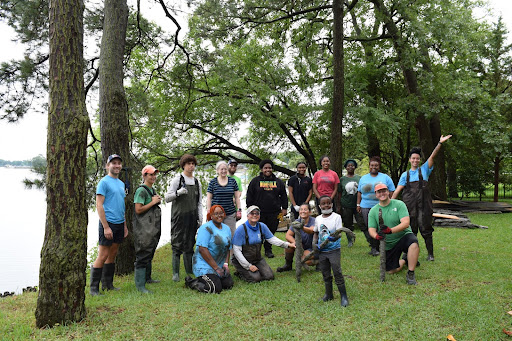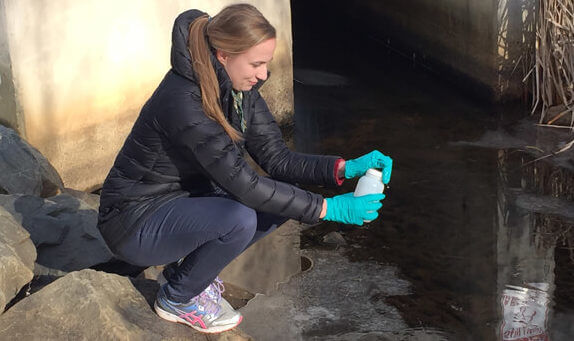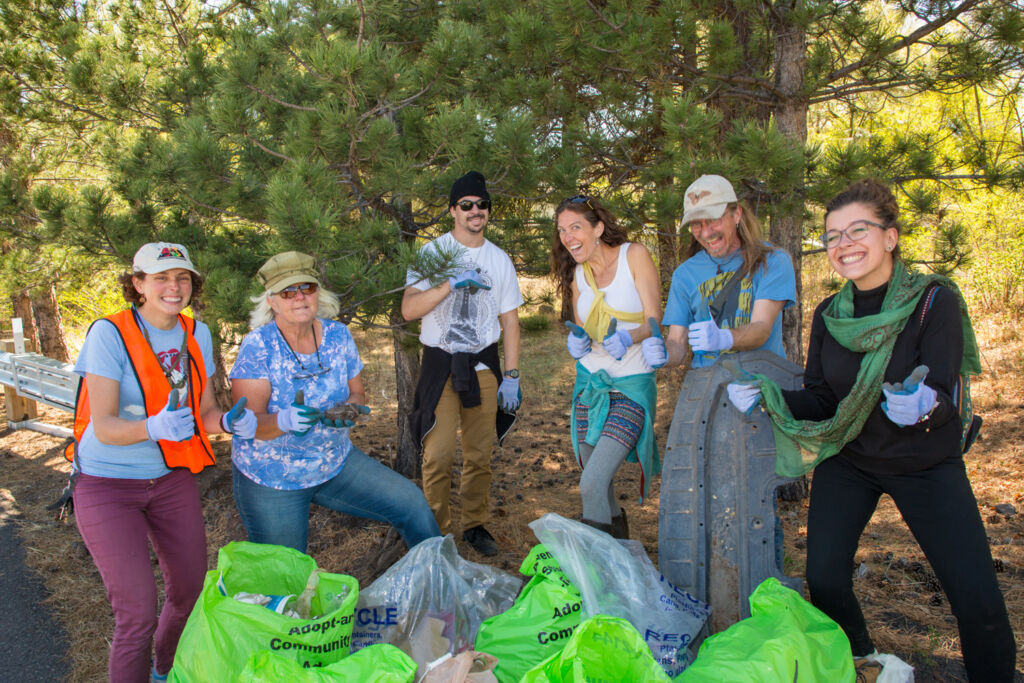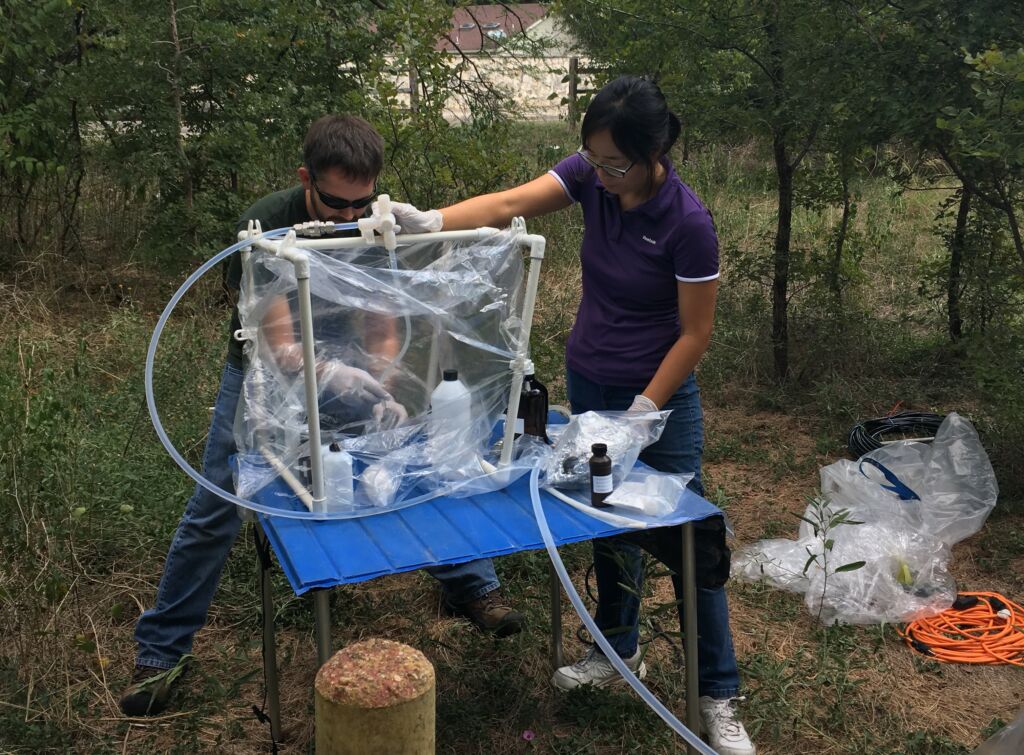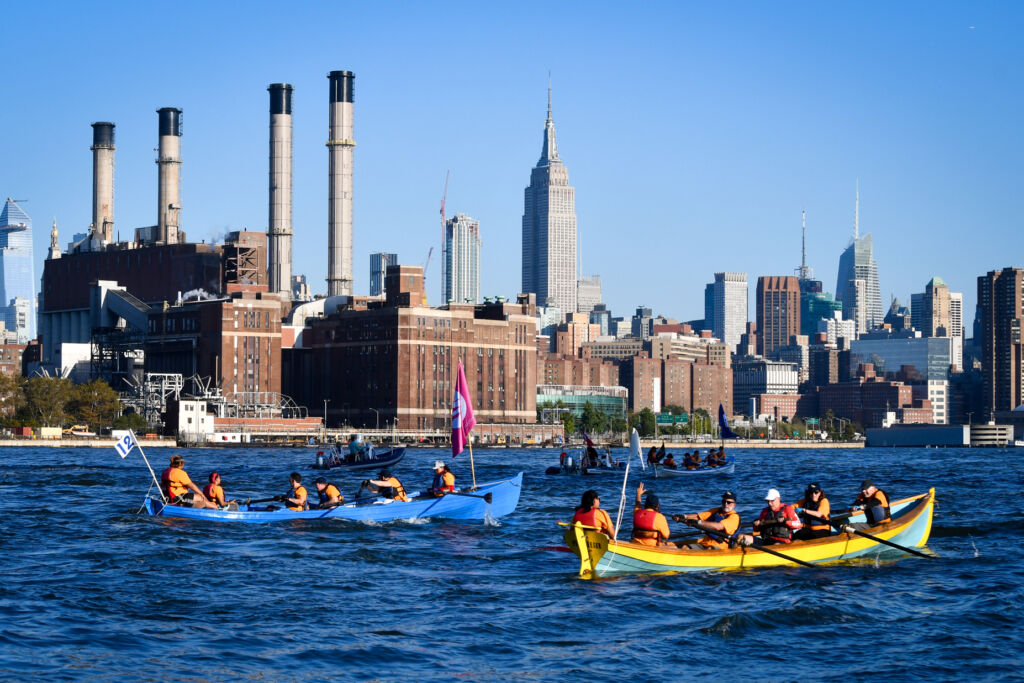Impact Story
May 16, 2023
With issues like vacant lots and urban flooding, the Patapsco Watershed/Baltimore Region Urban Waters Federal Partnership is working with a variety of stakeholders to create solutions through actionable science—or “science you can use”—in the Baltimore region watersheds. Significant strides in greening vacant lots have brought more opportunities and resources to the community; and by prioritizing cross-discipline and cross-jurisdictional partnerships, the Baltimore Actionable Science Flood Team is moving forward work on building community resilience to future flood impacts in the region.
August 25, 2022
Mālama Maunalua and partners are using a holistic approach to restore coastal water systems in Maunalua Bay based on the traditional Hawaiian practice of ahupua‘a. In order to accomplish restoration from the mountains to the reef, local groups work together while educating and engaging the community to improve the overall water quality and decrease flooding in the entire watershed.
April 8, 2022
Once a thriving tidal river, the Eastern Branch of the Elizabeth River became known as the lost branch when it fell from public awareness. Stemming from this lack of awareness, it also became one of the most polluted tributaries in the watershed. The Elizabeth River Project and partners have set out to change that, with public awareness campaigns and multi-sector partnerships to restore urban shorelines with native oysters. Because of these efforts the Chesapeake Bay Program now recognizes the Eastern Branch of the Elizabeth River fully restored for oyster habitat; and there have been significant improvements in water quality demonstrating that large-scale restoration with multiple community partners can restore an once dead urban waterway.
November 29, 2021
Three watershed associations in the Boston area—the Mystic River, Charles River, and Neponset River Watershed Associations—are collaborating with community volunteers and the U.S. Environmental Protection Agency (EPA) to monitor water […]
October 26, 2020
Friends of the Rio de Flag (FoRio) is a small nonprofit organization in Flagstaff, AZ working on education, restoration, and river planning within their watershed. With an EPA Environmental Justice Small Grant awarded in 2017, FoRio worked strategically to strengthen relationships in the community by centering environmental justice in their work. FoRio formed partnerships with the City of Flagstaff as well as with residents of the historically segregated Southside Neighborhood where stormwater flooding is a problem.
August 31, 2020
As a data-driven agency, the United States Geological Survey (USGS) brings science for decision-making to the San Antonio Urban Waters Federal Partnership. As a member of the Federal Partnership, the USGS is helping inform management agencies in the region about the effects of urbanization by monitoring water quality and water quantity.
June 8, 2020
The Middle Rio Grande faces unique urban challenges due to regional drought and competing water uses. To address these issues, the area was designated as an Urban Waters Federal Partnership location in 2013. From large redevelopment projects to smaller, unique projects—like the Mobile Pop-Up Park —the Partnership has worked together with the community to become a partnership of ‘yes’. As Mandy Griego, former Partnership co-lead, puts it: “We are stronger together.”
March 9, 2020
With a strong background in youth engagement, Rocking the Boat is a nonprofit organization in the South Bronx that supports kids’ growth through hands-on discovery. What started as a boatbuilding after-school program has grown into a multi-pronged approach for youth empowerment in an environmental justice community.
January 21, 2020
Broward County, Florida Once a part of the vast expanse of the Everglades wetlands, Broward County, Florida was first thought by settlers to be uninhabitable. Draining wetlands and building near […]
February 19, 2019
The South Platte River Urban Waters Partnership (SPRUWP) focuses on the headwaters and the Denver metropolitan area, and consists of over seventy organizations, including Federal and state government, municipalities, universities, NGOs and private businesses, all collaborating to address the problems facing the South Platte and improve this vital waterway for current and future generations — as well as those who live downstream of Denver.



